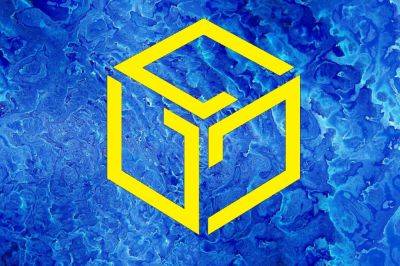Games need decentralized randomness to be fair
Quantum mechanics tells us that what looks like a highly predictable and orderly universe is built on a world of unpredictability and mere probability. While the quantum world looks bizarre, it can be understood and even harnessed for technology like semiconductors, LEDs, and quantum cryptography. Something similar can be said about randomness in the metaverse. What looks like a system built on random values produced by random number generators (RNGs) is, in fact, based on programs with a method behind them that can be understood — for good or ill.
Random numbers are of great importance in a number of applications, including games, security systems, decentralized autonomous organization (DAO) governance, and nonfungible token (NFT) generation. If your game cannot access randomly generated numbers, your starts will become repetitive and stale. If your security system relies on easily guessed authentication codes, it isn’t providing much security. If any system that needs variety isn’t getting it, it won’t be very effective.
Even if these systems don’t look random, they rely on being supplied with randomly generated values to execute important operations. Without access to randomness, well-planned systems can’t operate. However, the random numbers these systems rely on are not always as random as they may seem.
Many RNGs are, in fact, Pseudo RNGs (PRNGs). Instead of producing random outputs, they are providing the results of a fixed equation. The output value results from running a starting value, often called a “seed,” through this equation. The output is then used as a new seed, and the process starts again. While the outcome isn’t random, it can certainly appear random to an outside observer.
For many applications, this
Read more on cointelegraph.com























